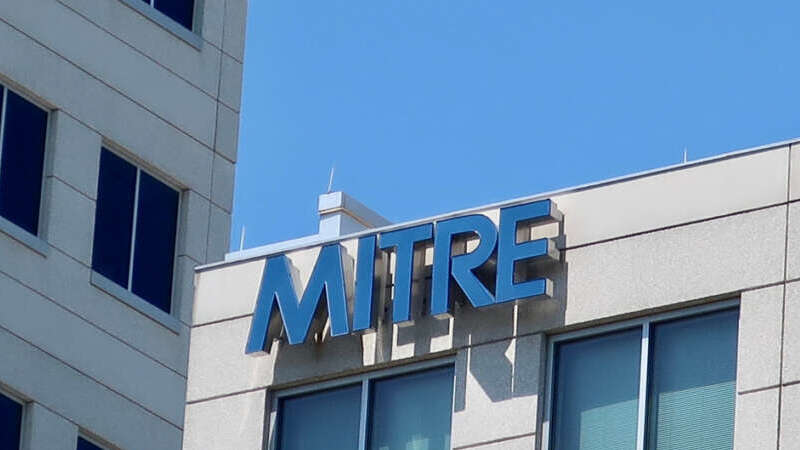
MITRE – which operates federally funded R&D centers for federal sponsors and focuses on scientific and technology issues in the national interest – on Oct. 9 announced the first three use cases for its MITRE Federal AI Sandbox, a supercomputer that will help train advanced AI models using the NVIDIA DGX SuperPOD.
At the NVIDIA AI Summit, Charles Clancy, senior vice president and chief technology officer at MITRE, announced that the first three use cases for the sandbox will address critical government missions including weather prediction, cybersecurity, and benefits processing.
Clancy explained that the MITRE Federal AI Sandbox was born out of the idea of the organization wanting to not just host other people’s models but to have “the ability to train new foundation models from scratch.”
“We realized that we needed to scale our investment if we wanted to take that to the next level,” Clancy said. “So, that was where the Federal AI Sandbox concept was born from is, can we scale the compute resources, and can we make it available to a wide range of use cases and support a wide range of use cases to experiment.”
The first Sandbox use case Clancy described will look to enhance weather modeling with improved precision and speed. Currently, he said “we have really good weather forecasting models for over land,” but not as reliable models for forecasting over water.
“Seventy-one percent of the Earth is water. We’ve got a lot of data coming off weather satellites, but for the most part, we’re throwing it all away,” he said. “So, what we want to do is, how do you get down to those sort of ZIP code-level, weather forecasts – and that has a huge impact on everything from cargo shipping to improved extreme weather forecasts.”
The second use case Clancy said the Sandbox will focus on is helping the cybersecurity workforce. Specifically, MITRE is looking to train a new model designed to help cybersecurity experts prevent, detect, and respond to security breaches.
There are about a half-million open cyber jobs in the United States right now “because we just don’t have the talent pipeline to fill those jobs,” Clancy noted. However, he said this model will help make the existing cybersecurity employees “more efficient in the work they do.”
“What we’re doing right now is starting with a model role of a cybersecurity analyst in a security operations center. And we’re saying, what does that person do every day? What are the workflows that they execute? What are the processes they use? What are the tools they use to execute those tasks? And so, the first step will be to train a large language model to act as a copilot for them to be able to see what they’re doing and recommend next steps,” he said.
“Step one is to create that copilot. Step two is to then turn that into a full agent, where that agent can work alongside a human and use the same tools and the same processes the human does,” Clancy added.
Finally, the third use case for the MITRE Federal AI Sandbox is to revolutionize government agencies’ ability to provide citizens with fair and timely access to benefits.
Clancy explained that MITRE operates R&D centers with major federal agencies including the IRS, Department of Veterans Affairs, and Social Security Administration.
“All of them have complex sets of regulation and policies that they operate under and being able to create an AI model that can rapidly sift through often conflicting regulation is the goal to accelerate the pace of everything from benefits determination to just bureaucratic function in general,” Clancy said.
According to an Oct. 9 press release from MITRE, federal agencies can access Federal AI Sandbox capabilities through existing contracts with any of the federally funded R&D centers MITRE operates.
To learn more, watch Clancy’s entire session on-demand here.
